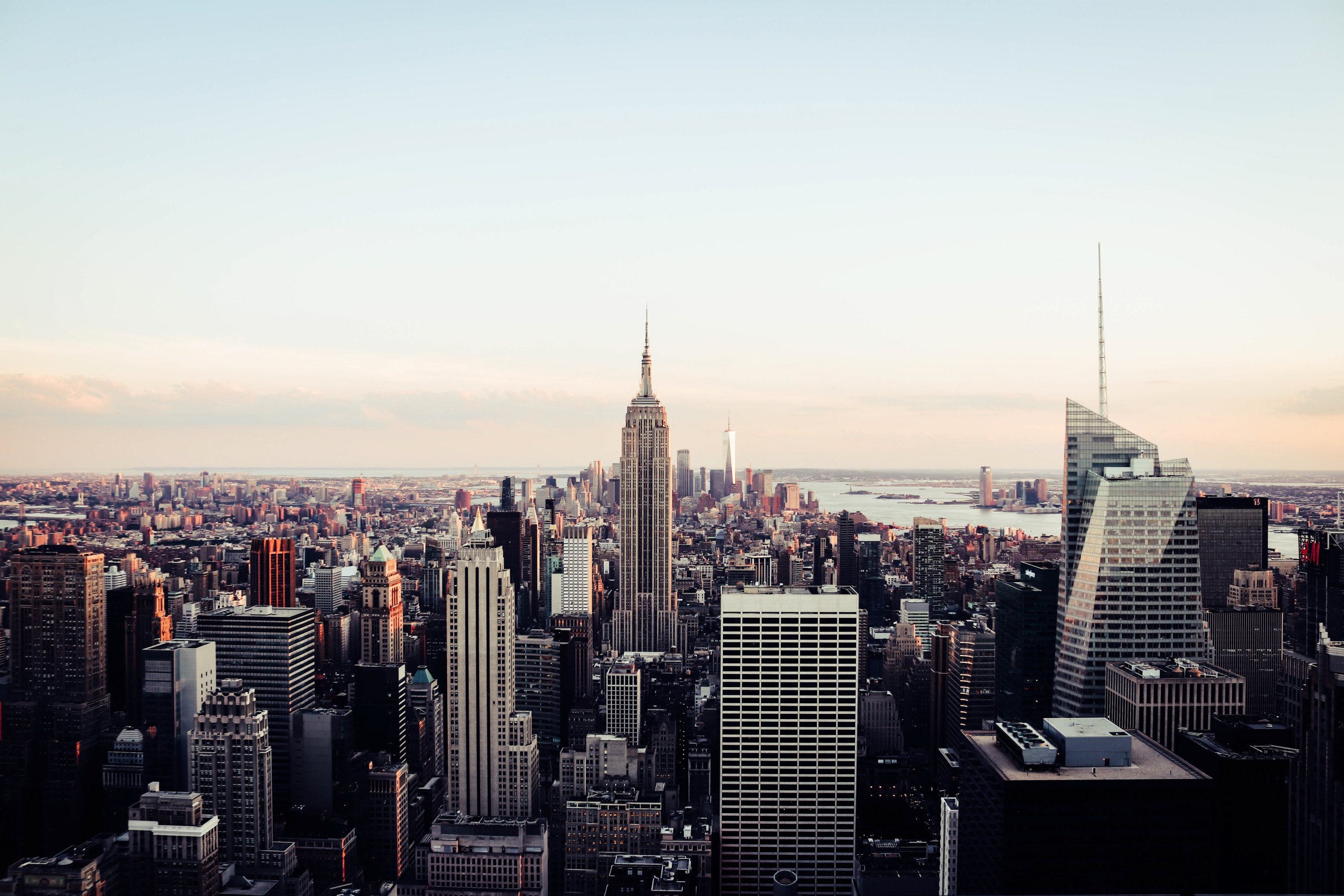The Green New Deal is a bold trans-formative initiative of the United States economy to tackle the major crises such as inequality and climate change
WT investigates the Green New Deal by revisiting where it started, where it is now and where it has the potential to go
The Green New Deal – legislation spearheaded by Representative Alexandria Ocasio-Cortez, D-NY and Senator Ed Markey, D-MA, attempts to lay out a platform that would result in the reduction of carbon emissions across a broad societal and industrial spectrum, with the aim of mass job creation and economic stimulus.
An op-ed by Nick Conte
“With the same urgency, speed, and commitment of resources that our country demonstrated in converting to war production for the mobilization for World War II.” (Hawkins, 2010)
“Green New Deal is a big, bold transformation of the economy to tackle the twin crises of inequality and climate change. It would mobilize vast public resources to help us transition from an economy built on exploitation and fossil fuels to one driven by dignified work and clean energy.” (Sierra Club, 2019).
“Green New Deal is a big, bold transformation of the economy to tackle the twin crises of inequality and climate change. It would mobilize vast public resources to help us transition from an economy built on exploitation and fossil fuels to one driven by dignified work and clean energy.” (Sierra Club, 2019).
“The heart of this ambitious vision is that it cuts across sectors by providing relief for the most vulnerable Americans in the economic transition, and connecting programs for health care, inequality, and environmental justice with the central selling point of a moonshot green jobs program.” (Leber, 2019).
“The heart of this ambitious vision is that it cuts across sectors by providing relief for the most vulnerable Americans in the economic transition, and connecting programs for health care, inequality, and environmental justice with the central selling point of a moonshot green jobs program.” (Leber, 2019).
“The statute would apply to more than 50,000 of the city’s 1 million buildings, which account for about 30% of the city’s greenhouse gas emissions. Altogether, buildings emit about two-thirds of the Big Apple’s planet-warming pollution.” (DiChristopher, 2019).
“The statute would apply to more than 50,000 of the city’s 1 million buildings, which account for about 30% of the city’s greenhouse gas emissions. Altogether, buildings emit about two-thirds of the Big Apple’s planet-warming pollution.” (DiChristopher, 2019).
Our efforts:
WT Partnership are committed to steering the industry in the right direction, through telecommuting, mobile offices, giving back, and electing to work on projects which communicate sustainability, such as the UC Merced 2020 Project, UCSC Family Shared Housing Project, the Patriotismo 325, the Australian Embassy in Jakarta, Agribio Biosciences Project and many more projects. WT Partnership also placed as the Runner Up for the recently awarded Sustainable Transport Award, at the Better Business Awards. To find out more about WT Partnership’s sustainability efforts, click here.
About WT:
Media Contact:
Jake Witt, Brand Manager
jake.witt@wtpartnership.co | +1 424.218.5333
SOURCES & REFERENCES:
- DiChristopher, Tom. 2019. New York City Council passes bill to cut building emissions. [ONLINE] Available at: https://www.cnbc.com/2019/04/18/new-york-city-council-passes-bill-to-cut-building-emissions.html. [Accessed 10 June 2019].
- Friedman, Thomas L.. 2019. A Warning From the Garden – The New York Times. [ONLINE] Available at: https://www.nytimes.com/2007/01/19/opinion/19friedman.html. [Accessed 10 June 2019].
- Hawkins, Howie. 2019. Howie Hawkins for NY. [ONLINE] Available at: http://www.howiehawkins.org/. [Accessed 10 June 2019].
- Kahn, Brian. 2019. Most Americans Think We Can Save the Planet and Create Jobs at the Same Time. [ONLINE] Available at: https://earther.gizmodo.com/most-americans-think-we-can-save-the-planet-and-create-1829168916. [Accessed 10 June 2019].
- Leber, Rebecca. 2019. No, the Green New Deal Doesn’t Ban Meat or Planes. Here’s What It Does. – Mother Jones. [ONLINE] Available at: https://www.motherjones.com/environment/2019/05/no-the-green-new-deal-doesnt-ban-meat-or-planes-heres-what-it-does/. [Accessed 10 June 2019].
- Sierra Club. 2019. What Is a Green New Deal? | Sierra Club. [ONLINE] Available at: https://www.sierraclub.org/trade/what-green-new-deal. [Accessed 10 June 2019].



